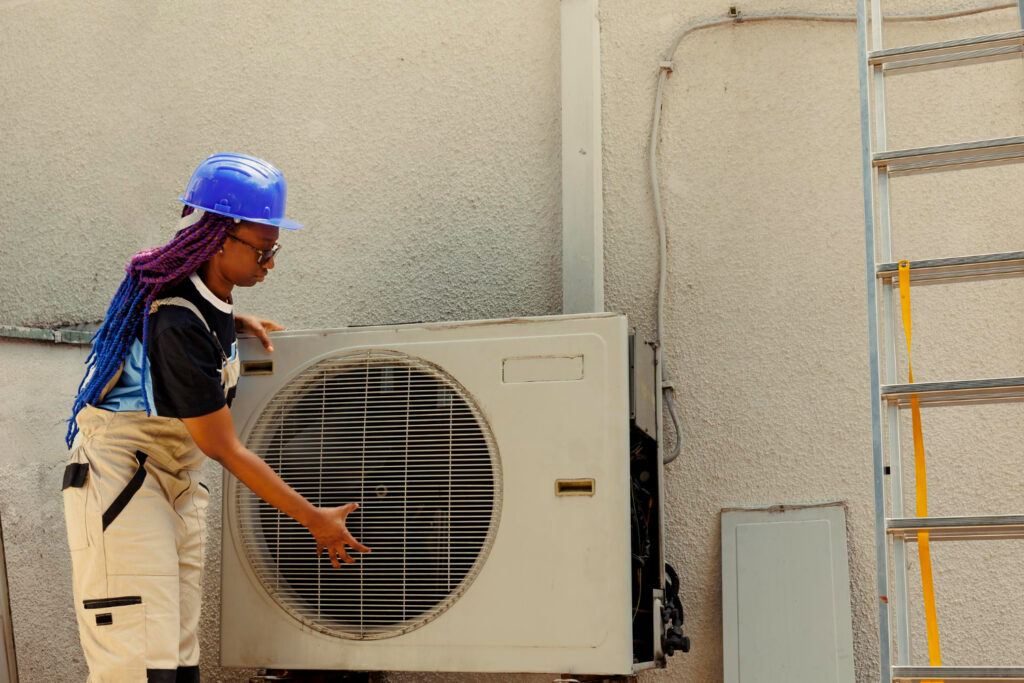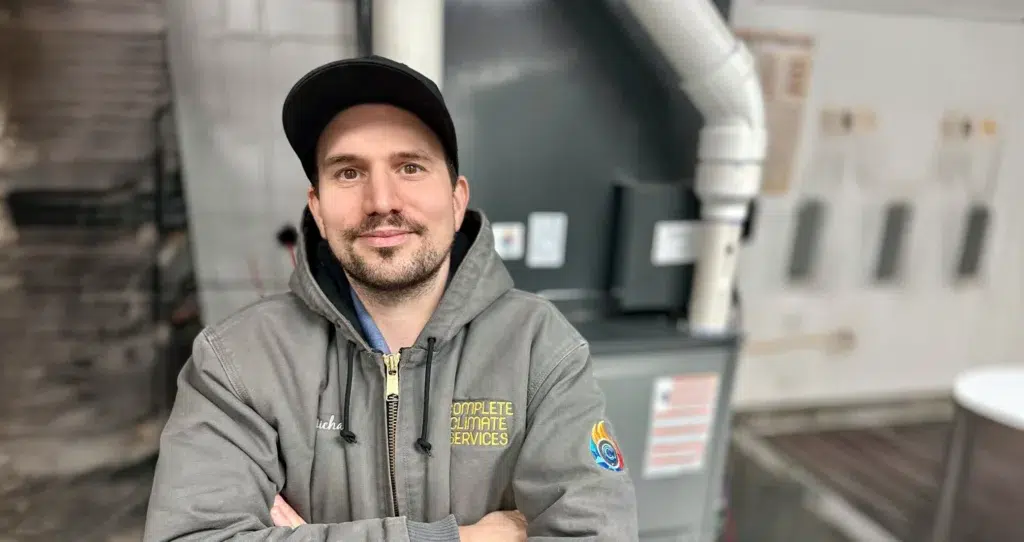Summers in Columbia, Maryland can be warm and sticky, making a good AC system feel less like a luxury and more like a necessity. If your current unit is aging out or you’re installing one for the first time, it’s smart to think ahead and get your home ready before the peak temperatures settle in. Installing a new AC system the right way can make a noticeable difference not just in comfort, but in energy use and ongoing performance.
Whether you’re upgrading to a more modern system or replacing something that’s been patched together for years, proper AC installation isn’t something to take lightly. A little preparation and the right choices now can save you hassle and cost down the road. Columbia residents planning ahead this summer will want to keep a few best practices in mind for a smooth experience and strong long-term results.
Understanding The Basics Of AC Installation
AC installation is more than just selecting a unit and plugging it in. It involves choosing the correct setup for your home, ensuring the ductwork and electrical systems can support it, and carefully placing each component for maximum efficiency.
Here’s a quick breakdown of what generally happens during AC installation:
– The existing unit (if there is one) is safely disconnected and removed
– The installation team checks the electrical panel and existing ductwork
– The new system is set up, often including both the indoor and outdoor units
– Refrigerant lines and drain systems are connected
– The system is tested for airflow, efficiency, and proper cooling
Proper installation helps ensure that your new AC system delivers the comfort you expect while running efficiently. A system put in the wrong way can lead to short cycling, energy waste, poor airflow, or even premature failure. This is why professional help is more than just helpful — it’s necessary.
There are a lot of moving parts behind the scenes, including pressure levels, airflow direction, and thermostatic calibration. If any of these are misaligned, your system won’t perform the way it should, and your comfort level takes a hit.
Choosing The Right AC System For Your Columbia Home
All homes in Columbia aren’t built the same way, and your AC system shouldn’t be one-size-fits-all. You’ll want a unit that matches your square footage, layout, and lifestyle. Before settling on an option, think about what matters most to you — energy savings, noise level, or cooling power.
Here are a few key things to think about when choosing your new AC system:
1. Home Size – A larger home may require more cooling capacity, but going too big wastes energy
2. System Type – Central AC, ductless mini-splits, and heat pump systems all come with different pros and cons
3. Energy Efficiency – Look for high SEER ratings and Energy Star certifications if cutting down on power use is a goal
4. Existing Infrastructure – If your home doesn’t have ductwork, a ductless unit might be the smarter choice
5. Placement Options – Make sure the system can be installed where it will perform best and won’t get in the way
For example, if your Columbia home is a two-story brick house built in the 80s with older ductwork in place, it may need duct modifications and a carefully sized system to match the home’s layout. Skipping these details could mean uneven cooling between floors.
Making the right system choice upfront helps you avoid issues with airflow and energy use, giving you better comfort each summer without the headaches.
Preparing Your Home for AC Installation
Getting your Columbia home set up for a new AC system involves some prep work. Taking the time to get things in order will help ensure that the installation goes smoothly and your new system operates efficiently.
It’s wise to:
– Check Your Ductwork: If your home already has ductwork, inspect it for leaks or issues. Adequate insulation and sealing make sure the system runs efficiently
– Assess Electrical Systems: Ensure your home’s electrical panel can support the new AC system’s requirements. This may involve upgrading wiring or adding new circuits
– Insulate Well: Proper insulation keeps cool air from escaping and reduces energy loss. You’ll want to address this in walls, attics, and around windows and doors
– Clear Installation Areas: Remove any obstructions in areas where the indoor and outdoor units will be placed. This makes it easier for technicians and provides good airflow for the units
It’s also helpful to have a pre-installation inspection by professionals to avoid surprises. Identifying and addressing these details early can prevent problems later.
The Installation Process: What to Expect
Once your home is ready, the technicians can begin the actual installation. Here’s what generally happens from start to finish:
1. Set Up and Removal: The team removes any old units and prepares the site. They ensure existing systems are safely disconnected
2. Positioning Units: Both indoor and outdoor units are put in place. They’ll make sure everything aligns properly for maximum efficiency
3. Connection Work: Wiring, refrigerant lines, and drainpipes are connected next. Each component needs to be securely hooked up for optimal function
4. Testing and Calibration: Finally, the techs test the system for airflow, cooling capabilities, and functionality. They’ll calibrate thermostats and make sure everything’s running smoothly
An experienced team will guide you through the process and answer any questions you have. This minimizes stress and helps make sure you’re happy with the results.
Maintaining Your New AC System for Longevity
After installation, keeping your AC system in top shape is the next step. Regular maintenance not only extends your system’s life but also keeps utility bills in check.
Consider these maintenance tips:
– Routine Filter Changes: Changing filters every month during cooling season aids in airflow and improves indoor air quality
– Schedule Regular Check-Ups: Have professionals inspect and tune up your system at least once a year to catch and fix small issues before they become big problems
– Check for Blockages: Regularly clear debris around outdoor units and ensure vents inside your home aren’t blocked by furniture
Simple upkeep goes a long way. By taking these steps, you can enjoy a reliable AC system that keeps your home comfortable without constant repairs.
Stay Cool in Columbia, Maryland with Complete Climate Services
Taking the time to properly install and maintain your AC system leads to a cool and comfortable home in Columbia. Efficient installation and regular maintenance mean you’ll enjoy a system that works well when you need it most. Look ahead and prepare for the heat with thoughtful planning, and you’ll find your summers a little easier to enjoy.
FAQs
How long does the AC installation process take?
It typically takes a day to install a new AC system, but factors like the complexity of the install and any necessary electrical work can slightly extend this timeline.
What are the signs that my AC system needs to be replaced?
If your AC is over 10 years old, struggles to cool your home, needs frequent repairs, or causes unusually high energy bills, it might be time for a replacement.
How do I determine the right size of AC unit for my home?
The size depends on your home’s square footage, layout, and insulation. A professional can conduct a load calculation to help you find the best fit.
Can I install an AC system myself?
AC installation requires specific skills and expertise, so it’s best left to professionals. This ensures safety and optimal performance.
What maintenance does my new AC system require?
Regular filter changes, annual professional tune-ups, and checks for obstructions around the unit help keep it running efficiently.
Ensure your summer is carefree with a reliable AC system. For top-notch and professional AC installation in Columbia Maryland, trust the experts at Complete Climate Services. Our skilled team is ready to help you stay cool and comfortable through the warmest months. Schedule your installation today and enjoy a worry-free season ahead.



